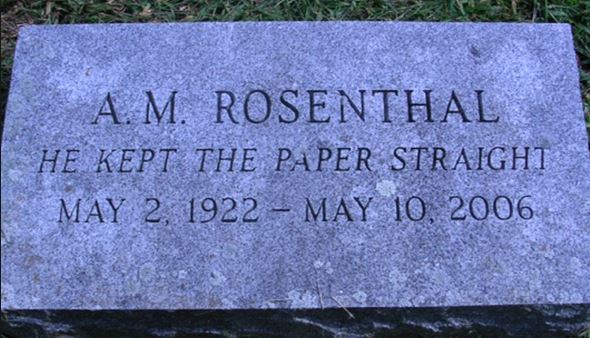 Like Miss Havisham in her yellowed gown and cobweb-crusted gloom, Fairfax Media has been abandoned by a pair of corporate suitors that, only a month ago, seemed determined to seal the deal with each a more expensive ring. Then they looked at the books, made their curt apologies and vanished in twin clouds of dust. The publisher will now revert to Plan A — the floating of the Domain real estate site, which analysts reckon is worth a pretty penny, and, most likely, more editorial layoffs and the end of Monday-to-Friday ink-and-paper editions of The Age and SMH. Such was the future outlined by Fairfax CEO Greg Hywood before the would-be buyers’ bids emerged, so there is no reason to believe that charted course has been amended now that they have vanished or, indeed, that dire circumstances permit any alternative agenda.
Like Miss Havisham in her yellowed gown and cobweb-crusted gloom, Fairfax Media has been abandoned by a pair of corporate suitors that, only a month ago, seemed determined to seal the deal with each a more expensive ring. Then they looked at the books, made their curt apologies and vanished in twin clouds of dust. The publisher will now revert to Plan A — the floating of the Domain real estate site, which analysts reckon is worth a pretty penny, and, most likely, more editorial layoffs and the end of Monday-to-Friday ink-and-paper editions of The Age and SMH. Such was the future outlined by Fairfax CEO Greg Hywood before the would-be buyers’ bids emerged, so there is no reason to believe that charted course has been amended now that they have vanished or, indeed, that dire circumstances permit any alternative agenda.
The departed bidders have been diplomatic in announcing their regrets, not mentioning the specific factors that coloured their twin decisions. Presumably it had much to do with bottom lines and financial projections, but might other factors have played their parts? The Charter of Editorial Independence, for example, would give a reasonable person pause, as that document specifically prohibits proprietors influencing the content, tone and slant of news reports. When your audience and editors has been reduced to a hard corps of inner-city preeners and the news you do choose to cover serves mostly to buff and polish their immense self-regard, any prospective buyer would be silly not to anticipate strikes and protests and industrial strength high dudgeon.
If there is comfort in Fairfax’s abandonment it must surely be that it has company, as it is not the only media organisation to have ruined its market and prospects by ceding editorial control to narrow and opinionated newsroom cliques. As US journalist Michael Goodwin observes, indulgent and ideologically insular editors have allowed the venerable New York Times to be nudged into naked partisanship, most particularly in its frothing coverage of Donald Trump. It wouldn’t have happened in the old days, he writes, when editor Abe Rosenthal was in charge. Goodwin explains:
Abe said he knew reporters tended to lean left and would find ways to sneak their views into the stories. So he saw his job as steering the paper slightly to the right. “That way,” he said, “the paper would end up in the middle.” He was well known for this attitude, which he summed up as “keeping the paper straight.”
He meant it, too. That’s a picture of his headstone atop this post. One wonders what Fairfax editors might engrave on their headstones. ‘Fifteen per cent of the market just wasn’t enough‘ perhaps? Goodwin’s essay can be read in full via the link below. Seldom will you come across a better appraisal of the news industry’s self-inflicted wounds.
 Sign In
Sign In 0 Items (
0 Items ( Search
Search







